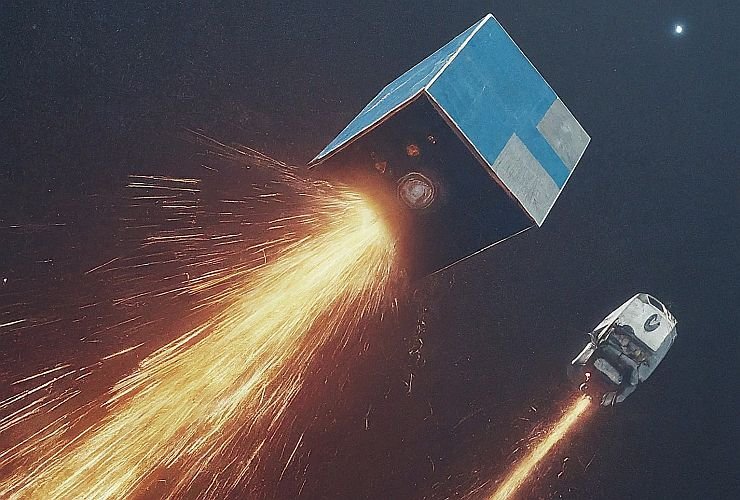Elon Musk’s company, SpaceX, wants to get rid of about 100 of its old Starlink internet satellites. They will do this by controlling them so that they burn up in the Earth’s atmosphere.
Starlink announced that it’s engaging in this “proactive controlled deorbit” — as opposed to the unplanned orbit ejection that’s occurred when other Starlink satellites have burnt up in the Earth’s atmosphere — of its early operational models.
The company is working really hard to make sure that space is safe and easy to use. They want to protect the astronauts and satellites that are up in space from space junk and also keep people on Earth safe.
SpaceX recently said that they found a problem with some of their Starlink satellites. They didn’t explain exactly what the problem was, but they did admit that 17 of the satellites couldn’t move properly and were slowly falling apart. So, it makes sense for them to get rid of them by burning them up in space.
When SpaceX brings its satellites back to Earth, it plans to monitor the table-sized crafts to make sure they don’t get in anyone’s way. If there is a chance that something might go wrong, they will tell other companies who have their own satellites in space so that they can be prepared.
In addition to the satellites that have been intentionally destroyed, there have been numerous cases where satellites have had to be moved to prevent crashes. During the period between June 1 and November 30, 2023, it was necessary to relocate Starlink satellites more than 24,000 times, resulting in an average of six relocations per satellite within that timeframe.
Musk’s internet satellite company is facing challenges due to overcrowding in low-Earth orbit and the increasing importance of sustainability. This highlights the rapid and competitive nature of the affordable space race and how quickly technology in this field becomes outdated.
Reference- Starlink Newsroom, Futurism, The Verge, NPR, The Conversation, Popular Science
